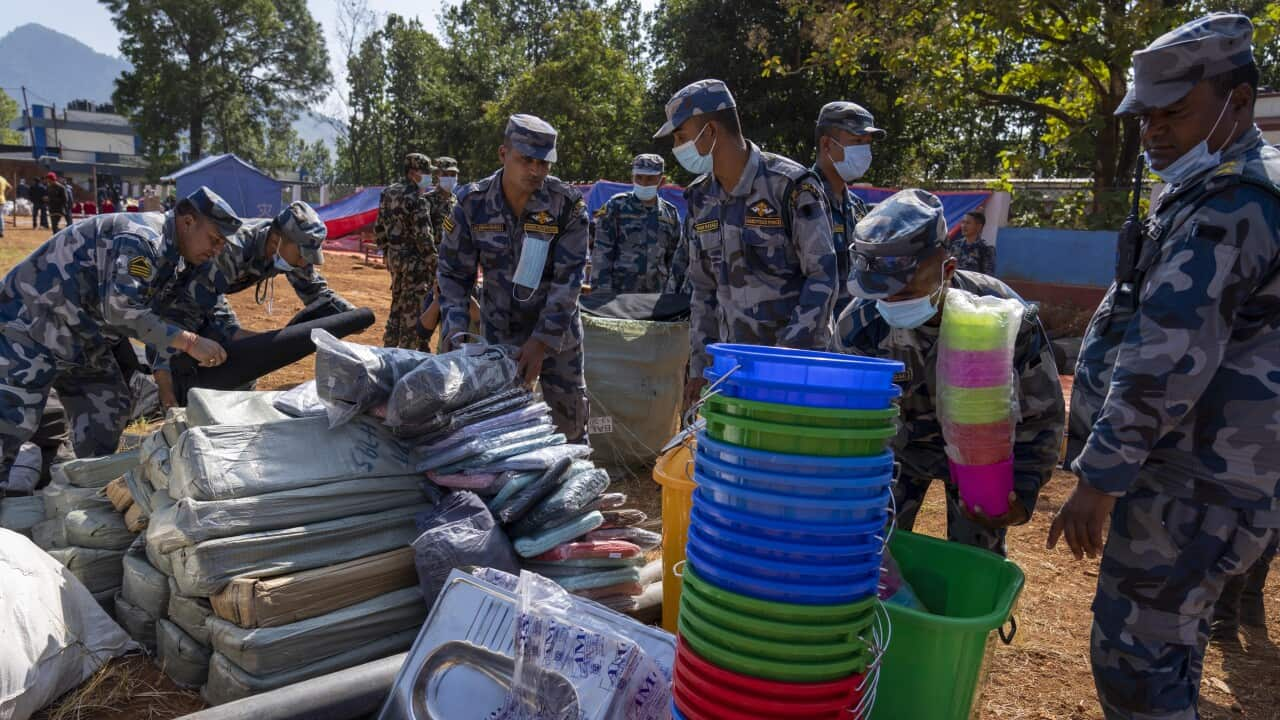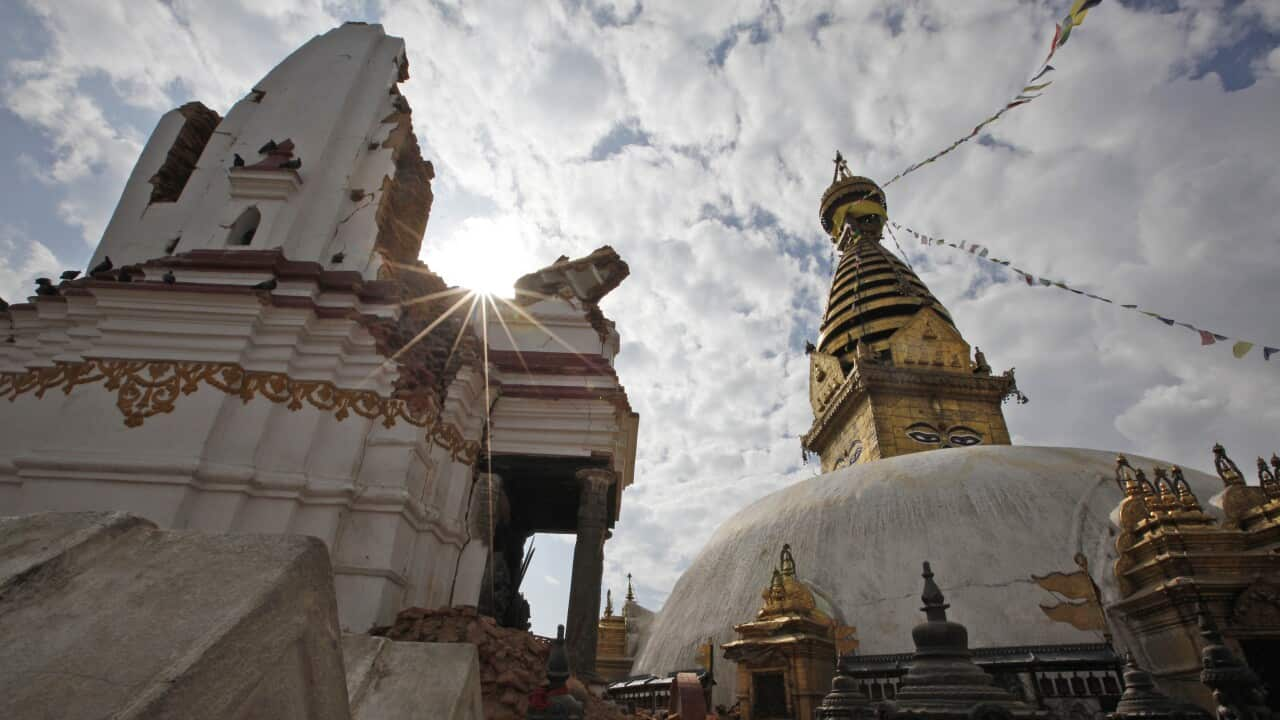

'World started shaking': Remembering the Nepal earthquake 10 years on
This year marks a decade since a 7.8-magnitude earthquake struck Nepal, killing nearly 9,000 people and causing widespread devastation. Survivors, aid workers and witnesses reflect on the impact and ongoing recovery.
Published 25 April 2025 10:03am
Updated 25 April 2025 1:47pm
By Abhas Parajuli, Dinita Rishal, Sameer Ghimire
Source: SBS
Image: The 5th-century Swayambhunath stupa after it was damaged in the April 2015 earthquake in Kathmandu, Nepal. The earthquake damaged at least 68 cultural heritage sites in Nepal. (AP)
Key Points
- Almost 9,000 people died and more than 20,000 were injured in the 7.8-magnitude earthquake that struck Nepal in 2015.
- Local and international groups, including from Australia, provided emergency relief and continue to support in long-term recovery.
- Residents and experts call for better-equipped response teams and infrastructure management to face possible future disasters.
New Zealand mountaineer Peter Hillary was trekking towards Everest Base Camp on Saturday, April 25, 2015, when the ground began to shake.
As the son of Mount Everest (known in Nepal as Sagarmatha) summiteer Sir Edmund Hillary, Peter said he had been trekking in the Himalayas from a young age and had experienced earthquakes before, but this was completely different.
“We were up at 5,100 metres ... and suddenly the whole world just starts shaking. I had never felt anything quite like it,” he said.
“I think it went on for 40 or 50 seconds, and there was great silence. And that was followed by these huge roaring sounds on the mountains all around us, and of course, they were avalanches.”
LISTEN TO OUR CONVERSATION WITH PETER HILLARY

‘A terrifying time’: NZ mountaineer Peter Hillary remembers Nepal‘s 2015 earthquake
SBS Nepali
12:44

A rescue helicopter evacuating climbers prepares to land on 27 April, 2015. Credit: Nima Namgyal Sherpa/AP
Nearly 9,000 people died and more than 20,000 were injured while homes, schools, hospitals and cultural heritage sites were reduced to rubble.

Survivors and evacuees in Sindhupalchowk, Nepal, on Sunday, 3 May 2015. Credit: AP
“There were aftershocks every day, so we could not go to work, and we were afraid to enter our one-storey home as there were tall buildings around it,” he said.
“For around 31 days, we camped on a field.”
LISTEN TO OUR CONVERSATION WITH THUBMAN SINGH DURA
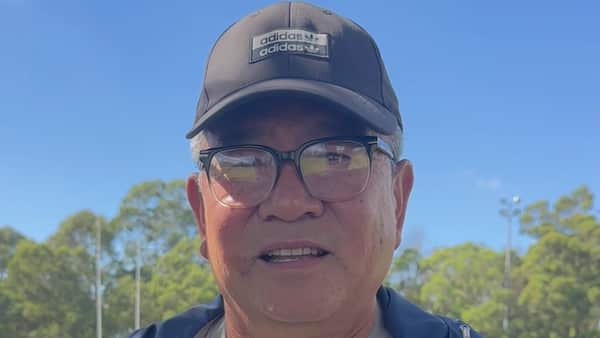
“For around 31 days, we camped on a field”
04:16
Local and international relief work

A Royal Australian Air Force C17 unloading the first shipment of Australian aid in Kathmandu on Friday, 1 May 2015. Credit: PR IMAGE
Simon Balderstone is a founding director of the Australian Himalayan Foundation (AHF), which has been working towards improving living standards in the Himalayas since 2001.
“With the help of pro bono engineering and architecture firms in Australia, we designed some earthquake-resistant schools and classrooms and ended up building 87 classrooms in 26 different schools in the region, using those earthquake-resistant designs, which are still being used today,” he told SBS Nepali.
LISTEN TO OUR CONVERSATION WITH SIMON BALDERSTONE

“We designed some earthquake-resistant schools and classrooms”
07:29

Simon Balderstone (third from the right) with REED Nepal CEO Bhim Bahadur Bogati (fourth from the right) at the Shree Garma Secondary School in Solukhumbu after its reconstruction in 2016. Credit: Supplied/Simon Balderstone
“It’s fantastic to see what that reconstruction has done and how the communities have essentially been able to move on, but also they have got the confidence that the next time something could happen, the buildings are a lot more solid and they are better resourced to cope with what may come.”
LISTEN TO OUR CONVERSATION WITH ANDREW JUDGE

“It’s fantastic to see what that reconstruction has done and how the communities have essentially been able to move on...
13:30
Among other Australians who witnessed the quake firsthand was SBS World News reporter Tys Occhiuzzi.
As a recent high school graduate, he was volunteering in the western city of Pokhara when the quake hit.
”We set about doing an aid collection drive to load up on trucks. I remember there being a couple of trucks that we loaded up to send into the villages,” he told SBS Nepali.
"It did cement my dream to be a journalist and be able to work and share stories from overseas.”
LISTEN TO OUR CONVERSATION WITH TYS OCCHIUZZI
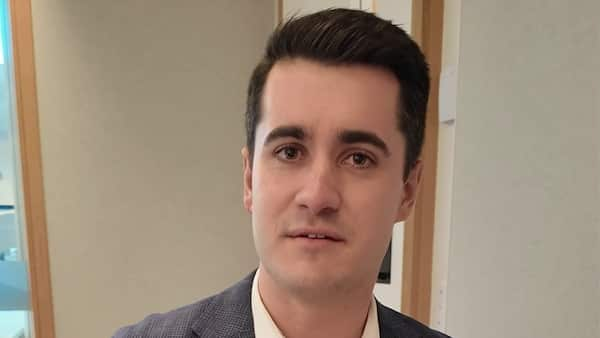
"It did cement my dream to be a journalist"
06:53
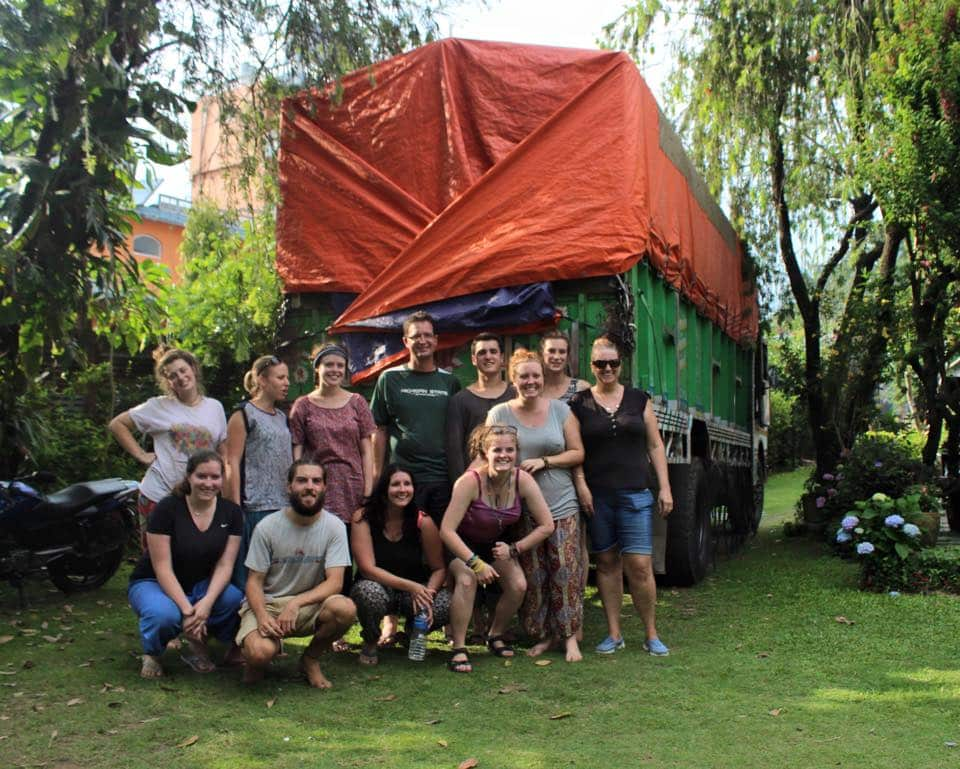
Tys Occhiuzzi (top row, fourth from the right) volunteering in Nepal in the aftermath of the 2015 earthquake. Credit: Supplied/Tys Occhiuzzi
Calls for more rapid-response teams
Most major infrastructure has been rebuilt 10 years later, but some heritage restoration and rural housing projects are still ongoing.
Balderstone points out earthquake-resistant buildings are essential in Nepal to withstand future disasters.
“Part of our deal was, when we built these things [earthquake-resistant schools] and we had the design, we’ve provided those designs to the Nepal government, that’s a lasting legacy,” he said.
“And also, a local workforce is vital in terms of skills and trades.”

Prince Harry with 86-year-old Pakuli Gurung and her eldest son in front of their new house foundations at Bhir Kuna on Monday, 21 March 2016. Credit: Ben Birchall/PA/Alamy
He is the Head of Programs at Caritas Nepal, a not-for-profit charitable organisation that engages in emergency and long-term relief efforts.
Manandhar said that while thousands now lived in permanent homes, Nepal still lacks the trained personnel to respond swiftly to future disasters, being an earthquake-prone zone.
To prepare for future disasters, every ward needs a well-equipped rapid response team, and we also need more awareness programs from time to time.Chintan Manandhar
LISTEN TO OUR CONVERSATION WITH CHINTAN MANANDHAR
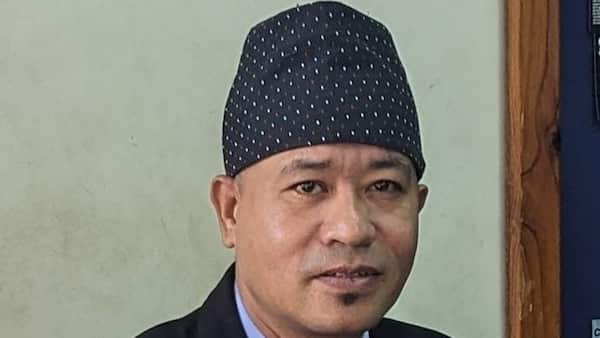
"Every ward needs a well-equipped rapid response team"
02:53
The Pokhara resident, who is currently visiting his family in Sydney, said people were still complacent about earthquake risk, with many continuing to build multi-level houses without considering the potential dangers.
“People only remembered the risk at the time of the earthquake,” he said.
“For about a year, municipalities and village development committees introduced a new policy requiring building approval through ward engineers, but now that seems to have been forgotten.”
LISTEN TO OUR CONVERSATION WITH BOM BAHADUR MALLA THAKURI
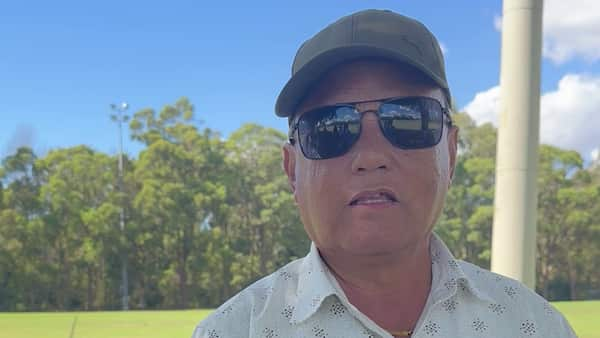
"People only remembered the risk at the time of the earthquake"
05:11
Share


